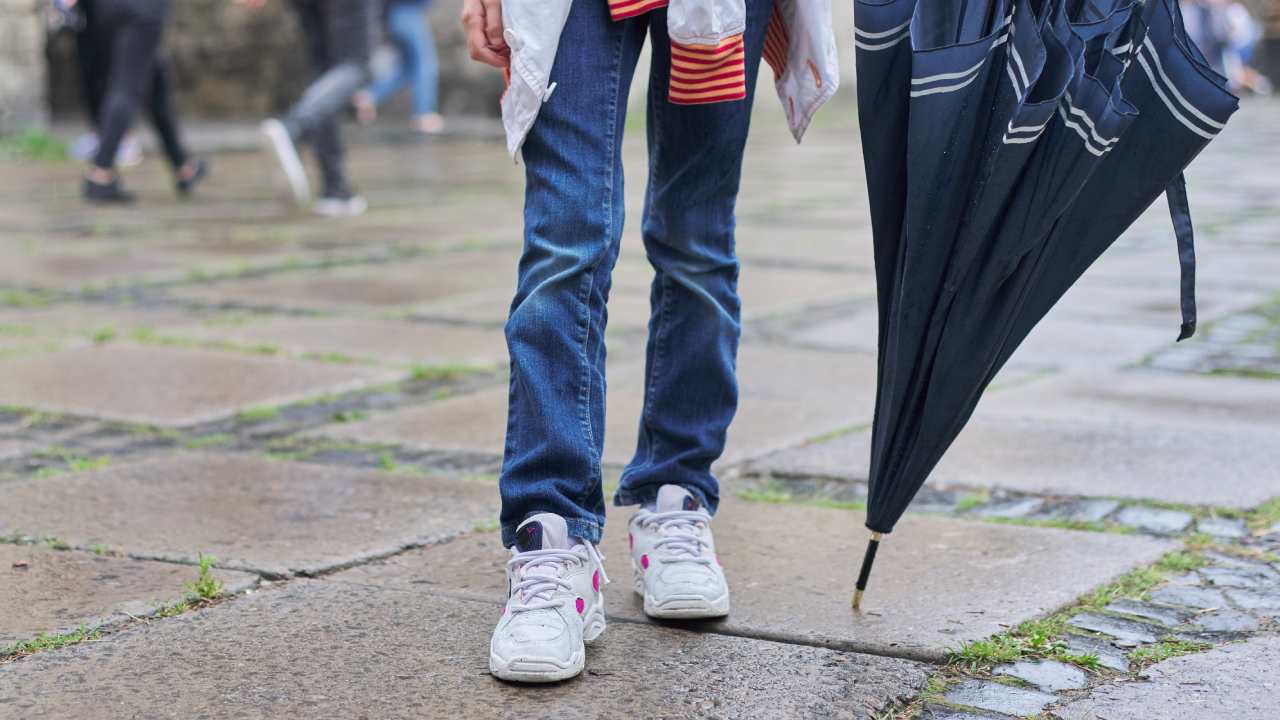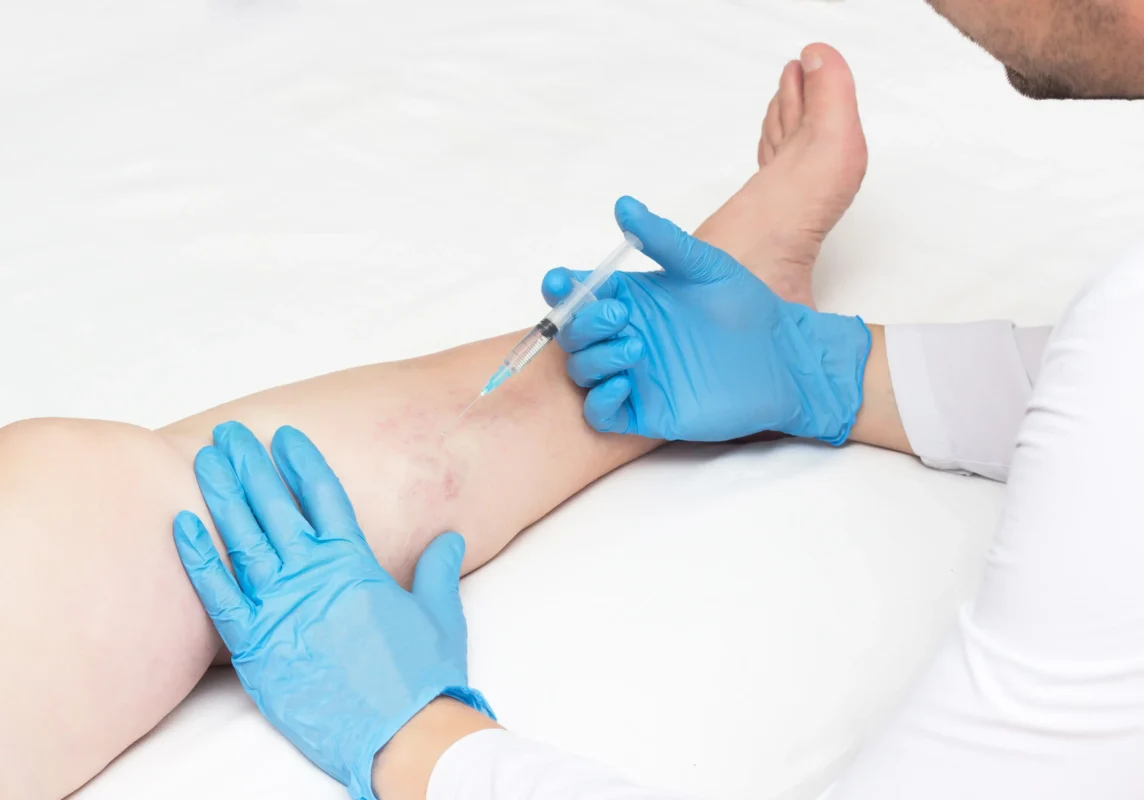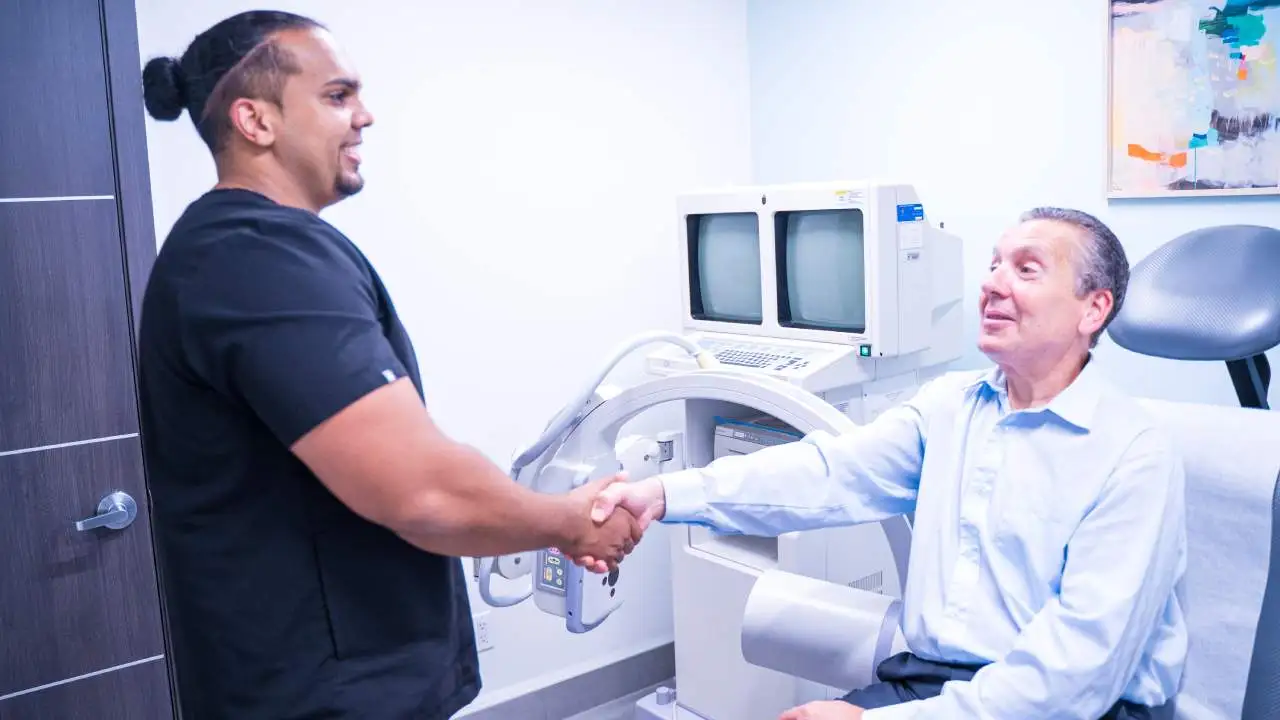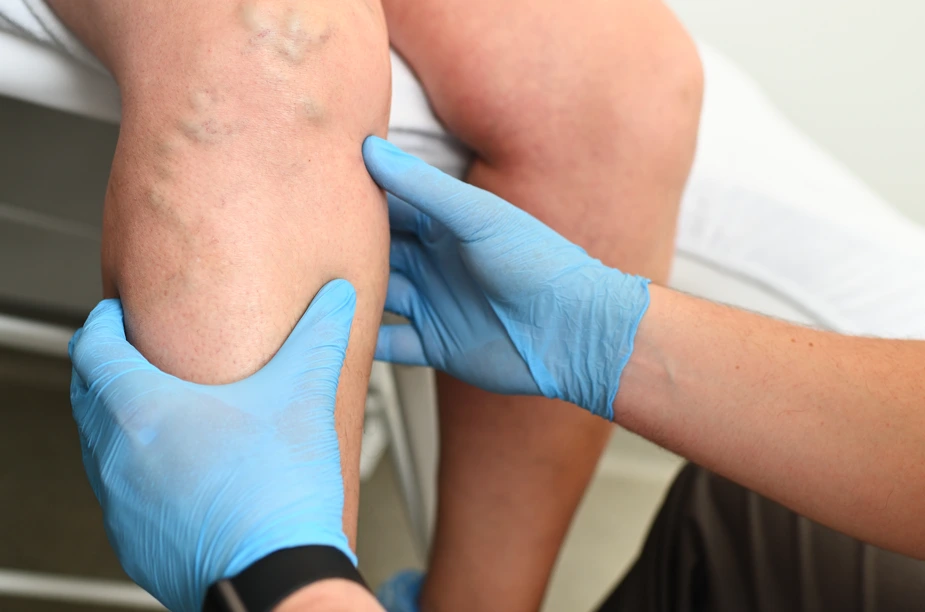As the temperatures drop, managing varicose veins can become more challenging. Cold weather can exacerbate the symptoms of vein issues, making it even more important to take care of your veins during the winter months. In this article, we will explore practical tips for managing varicose veins in cold weather, including how the cold affects circulation, ways to reduce discomfort, and the importance of seeking professional vein treatment.
How Cold Weather Affects Varicose Veins
Cold weather can have a significant impact on circulation. When the temperature drops, blood vessels constrict, which may make it more difficult for blood to flow efficiently back to the heart. For those with varicose veins, this can worsen the condition, as the veins are already weakened and may not be able to properly return blood. The result is often increased swelling, discomfort, and visible veins. In chronic cases, this can be referred to as vein disease.
The cold air can also lead to muscle stiffness, which can put additional pressure on the veins in your legs. When the muscles are stiff, blood circulation is further restricted, leading to a buildup of pressure in the veins. This can make varicose veins more pronounced and may cause increased pain and discomfort. Now that we’ve talked about how cold weather can make varicose veins worse, let’s talk about what we can do to combat this!
1. Wear Compression Stockings
Compression stockings are one of the most effective tools for managing varicose veins, particularly during the cold weather months. These stockings help improve circulation by applying gentle pressure to the legs, encouraging blood flow back to the heart. Compression stockings can help reduce the swelling and discomfort that often come with varicose veins, especially when the cold causes blood vessels to constrict.
In colder temperatures, wearing compression stockings also provides an extra layer of warmth to your legs. Many people find that wearing compression stockings not only alleviates the symptoms of varicose veins but also helps keep them warm and comfortable. Compression stockings come in various strengths, so it’s important to consult with a vein doctor to determine the best option for your needs.
2. Stay Active
One of the best ways to maintain healthy circulation, especially in cold weather, is to stay active. Regular exercise helps keep blood flowing smoothly throughout the body, which is essential for managing varicose veins. During the winter, when outdoor activities may be limited, consider low-impact exercises such as walking, swimming, or indoor cycling. These exercises keep the legs moving and prevent the blood from pooling in the veins.
Avoid long periods of immobility, such as sitting or standing for extended periods, as this can lead to stagnant blood flow and worsen vein issues. If you’re indoors, try to take breaks every 30 minutes to stand up, stretch, and move around. Gentle leg exercises, like calf raises and ankle rotations, can also improve circulation and help manage varicose veins.
3. Keep Warm and Layer Up
It’s essential to stay warm in cold weather to prevent blood vessels from constricting. Properly layering your clothing is a simple yet effective way to maintain warmth and support healthy circulation. Wearing warm socks, pants, and boots can help protect your legs from the cold and reduce the strain on your veins.
In addition to wearing warm clothing, using heated blankets or heating pads can also provide localized warmth to areas of the body that may be affected by varicose veins. Just be sure not to use heat for too long or at excessively high temperatures, as this could cause skin irritation or damage.
4. Elevate Your Legs
Elevating your legs is another important practice to reduce the symptoms of varicose veins, particularly during the colder months. When you elevate your legs above heart level, gravity helps blood flow back to the heart more easily, reducing pressure in the veins. This can alleviate swelling and discomfort, especially after standing or sitting for long periods.
To make leg elevation easier, try using pillows or cushions to prop up your legs while resting. Elevating your legs before bed is also a good habit to incorporate into your evening routine.
5. Maintain a Healthy Diet and Weight
Maintaining a healthy weight and diet is crucial for supporting vein health, especially during the winter months. Extra weight puts additional pressure on your veins, making it harder for blood to flow properly. A balanced diet rich in fruits, vegetables, and whole grains can help reduce inflammation and improve circulation. Foods that are high in antioxidants, such as berries and leafy greens, can also help protect vein walls from damage.
If you’re unsure about what foods to incorporate into your diet, consult with a vein doctor or nutritionist to get personalized advice on maintaining a healthy weight and supporting vein health.
6. Seek Vein Treatment Options
If you find that your varicose veins are worsening or causing significant discomfort during the colder months, it may be time to consider professional vein treatment. A vein doctor can provide an evaluation and recommend appropriate treatments to improve your circulation and alleviate symptoms. Some common vein treatments include:
Sclerotherapy: This minimally invasive procedure involves injecting a solution into the affected veins, causing them to collapse and eventually fade away. Sclerotherapy is effective for treating smaller varicose veins and spider veins and can be performed in a vein treatment clinic with minimal downtime.
Radiofrequency Ablation (RFA): This treatment uses radiofrequency energy to heat and close off damaged veins. By redirecting blood flow to healthier veins, RFA can reduce the appearance of varicose veins and alleviate associated symptoms. It is a safe and effective option for larger veins.
Endovenous Laser Treatment (EVLT): Similar to RFA, EVLT uses laser energy to seal off problem veins, improving circulation and reducing vein-related symptoms. This treatment is particularly useful for larger varicose veins and is minimally invasive, with a quick recovery time.
By consulting a vein doctor and exploring these treatment options, you can take proactive steps to manage your varicose veins and prevent them from worsening during the winter months.
Take Charge of Your Vein Health!
Managing varicose veins in cold weather can be challenging, but with the right strategies, you can reduce discomfort and support healthy circulation. Wearing compression stockings, staying active, keeping warm, elevating your legs, and maintaining a healthy weight are all key practices to incorporate into your routine. If your symptoms persist or worsen, seeking professional advice from a vein doctor is essential. At a vein treatment clinic, specialists can offer personalized treatments, such as sclerotherapy or radiofrequency ablation, to help manage your varicose veins and prevent further complications.
Stay proactive and take care of your veins this winter!









